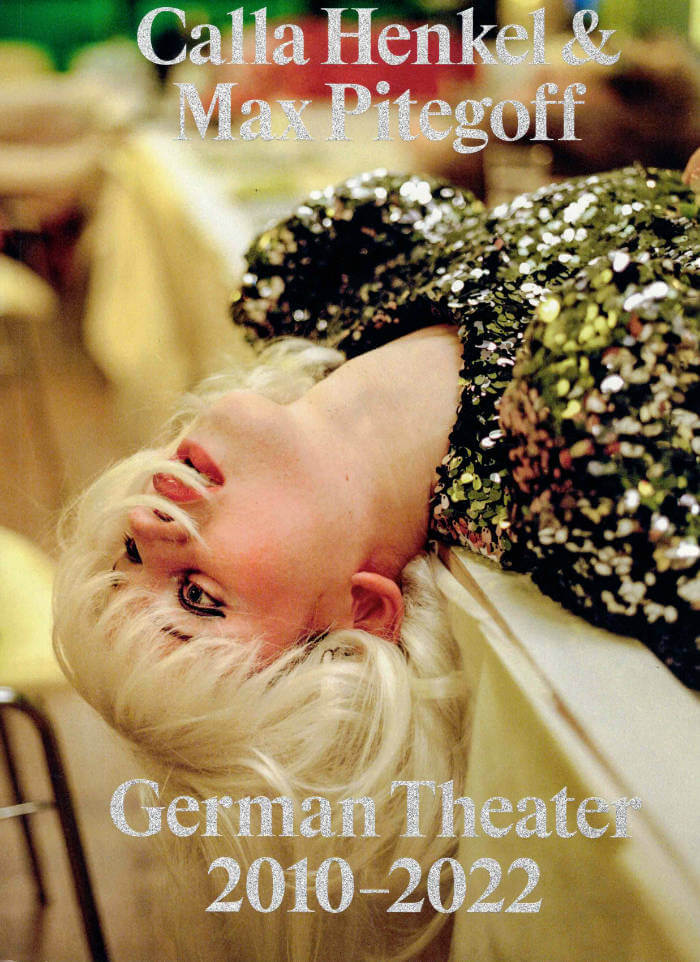
SSaliva: Landscapes
‘Landscapes’ is a first attempt to highlight Ssaliva’s visual work. Through a selection of 100 images – digital paintings based on original photographs or screenshots – the book takes us on a scenic journey into the artist’s mind. Recalling a wide variety of references from the fields of photography, painting, landscape architecture and even Internet art, Ssaliva’s paintings bear witness to a wistful sensitivity to urban and rural exploration. Ssaliva has made his region a real playground. Walking through the “indeterminate” or empty spaces of Liège and its surroundings, the artist showed his empathy for the interstices and other abandoned places charged with history. This is what he tried to transcribe in the modification of his digital paintings: A veil wrapping his landscapes in mysteries. With this book, Ssaliva sets a coherent backdrop to his musical production, further completing the puzzle of an instinctive body of work inscribed in the pure romantic tradition.
"François Boulanger is an audiovisual artist born in Liège, Belgium in 1983. He started producing music by the end of the 90’s/early 2000’s and producing his visual work around 2010. Active under several monikers, he started his experimental project ‘Ssaliva’ in 2011 which today covers the entire spectrum of his works. Under this alias, he developed hypnotic soundscapes based on sparse rythms, lush tones and crystallised textures. A personal and romantic rendition of a life amidst nature and city pollution.
His work as Ssaliva also consists of documenting equally ethereal and removed places in pictures, two compulsive and lonely processes that have made him accumulate thousands of strange, escapist mental landscapes. His approach to visual arts is similar to music in terms of process too, stretching images and melodies, compressing bits of it, adding colors and samples until they become part of his own vision. Sometimes ghostly, sometimes sacred, an instantly recognizable form of melancholia.” — Munix




